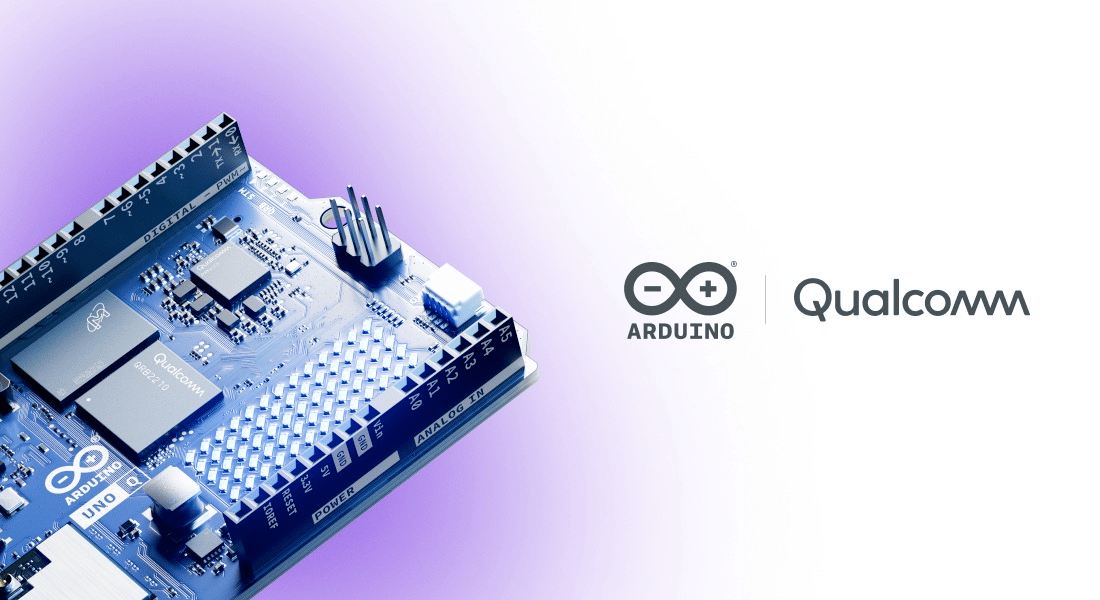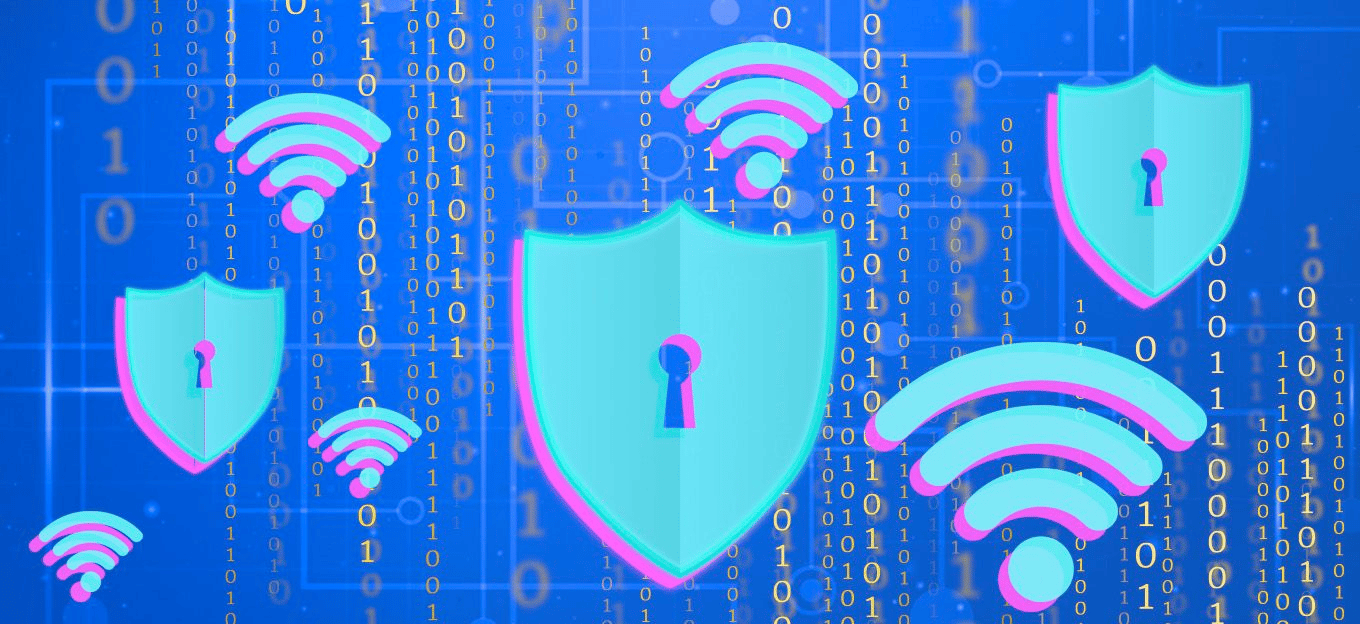- IoT For All
- Posts
- A Shortcut to the Edge—Or the End of Open IoT?
A Shortcut to the Edge—Or the End of Open IoT?
Plus our top IoT stories of the week!
Hello readers,
Welcome to the IoT For All newsletter! This week we’re talking about Qualcomm’s big acquisition of Arduino (and the new UNO Q), plus integrating IoT data with enterprise systems, best security practices for LPWAN and LoRaWAN deployments, and more!
A Shortcut to the Edge—Or the End of Open IoT?

Earlier this week, Qualcomm announced its acquisition of Arduino. And while it’s certainly buying a brand beloved by makers, it’s also getting much more than that. Like the world’s largest hardware on-ramp to IoT innovation. The goal? By absorbing Arduino’s 36 million–strong developer base, Qualcomm will become an inextricable part of the critical early stages of the IoT value chain and help to bridging the gap between tinkering and production.
IoT products tend to start small — developers build proof-of-concepts on cheap microcontrollers and then embark on the arduous process of migrating code to more powerful Linux-based microprocessors (MPUs) for real-world deployment. With its Arduino acquisition, Qualcomm is poised to flip that model, enabling developers to start with high-performance Linux hardware from day one, cutting out the migration step entirely. It’s a strategic inversion that could dramatically shortens time-to-market for system integrators and startups alike.
At the heart of this shift is the new Arduino UNO Q, a “dual-brain” board pairing Qualcomm’s Dragonwing QRB2210 MPU (for Linux, Python, and AI workloads) with an STMicroelectronics MCU (for real-time control). This hybrid design lets the board handle both deterministic machine operations and complex AI inference simultaneously — something industrial IoT has struggled with for years. On the software side, Arduino App Lab unifies C/C++, Python, and Edge AI tools under one interface, serving as a commercial funnel into Qualcomm’s high-margin Dragonwing ecosystem.
The move has immediate implications for a whole host of industries and applications. In Industrial IoT, simplified Edge AI deployment enables predictive maintenance systems that process vibration, heat, and sound data locally, without cloud latency. In smart cities, decentralized Linux nodes running on 5G Ultra-Reliable Low-Latency Communication (URLLC) enabled by Qualcomm’s chip could support responsive traffic management and AR-guided field maintenance. The design even carries potential for healthcare applications, where remote monitoring devices could run Linux-grade analytics at the edge—provided Qualcomm can meet stringent FDA Section 524B cybersecurity and lifecycle management requirements.
But it’s not all upside. Qualcomm’s vertical integration threatens to hollow out the middle market and push traditional MCU vendors ever further towards the margins, reducing the suite of options for developers. And for the Arduino community, there’s a deeper fear: that a company built on openness could drift toward “soft lock-in” through App Lab’s proprietary workflow. Success will hinge on whether Qualcomm can preserve Arduino’s trust while simultaneously ushering its users into a more closed, enterprise-oriented ecosystem.
The bet is simple but high stakes. If Qualcomm can make powerful AI-capable hardware as approachable as Arduino once made hobbyist boards, it could redefine how IoT systems are built, and what they’re capable of.
📖 Top Articles
IoT deployments have matured rapidly. Companies now deploy thousands of connected sensors across facilities, fleets, and industrial sites to monitor everything from energy usage to equipment performance. However, too often, the resulting data remains isolated—visible on an IoT dashboard, yet disconnected from the enterprise systems that drive daily operations.
For CIOs, IT managers, and operations leaders, the question is no longer “Can we collect IoT data?” It’s “How do we connect IoT insights into the systems that run our business?” The answer lies in integration, empowering you to make data-driven decisions that drive business outcomes.
When a city rolled out smart water meters using LoRaWAN, the implementation team quickly realized that scale was both a blessing and a possible security risk. Thousands of sensors, each running on a coin cell battery, were now critical entry points into the utility’s network. The technology worked brilliantly — long-range, low-power, cost-effective — but one question remained: how do you keep it secure for the next decade? | Today, we can connect nearly everything we use to the internet. As we continue to rely on these devices, it's no surprise that the security of these devices is a major concern. . In this article, we'll focus on some of the biggest IoT hacks and vulnerabilities we've seen before and the effects they had. |
🔥 Rapid Fire
New Transforma Insights study outlines strategies for MNOs and MVNOs to improve IoT connectivity
Indian Register rolls out digital twin and 3D classification system
Airbus private 5G plans take flight with Ericsson
Inside TIS3’s groundbreaking federal IoT project to modernize legacy systems
Qualcomm acquires Arduino, releases new Raspberry Pi–style board
How NTN NB-IoT enables a truly connected world
🎙️ The IoT For All Podcast
In the latest episode of the IoT For All Podcast, Harald Fuchs, CEO of Freeeway, and Mark van den Berg from KPN IoT join Ryan Chacon to discuss how rising data consumption in connected cars is reshaping the automotive industry and turning connectivity from a cost to a monetized service. The conversation covers IoT monetization strategies, connected cars as entertainment hubs, autonomous driving, digital services within vehicles, including payment integrations, connected cars in China, and evolving business models in automotive IoT.
🗓️ Events & Webinars
October 23, 2025 10:00 AM - 11:00 AM CET In a connected world, secure and scalable connectivity is critical for success. SGP.32 is the latest GSMA eSIM standard, designed to reduce complexity, streamline device management, and enable cost-efficient IoT deployments at scale. Whether you’re deploying IoT solutions today or planning for the future, this webinar will help you understand how to leverage SGP.32 to build flexible and future-proof systems. |
📖 White Papers & eBooks
Explore IoT trends, challenges & AI impact in 2025 - insights from 1,200 leaders across six key sectors shaping the future. |





